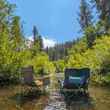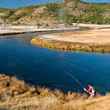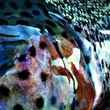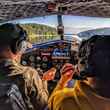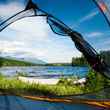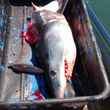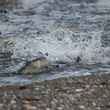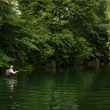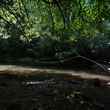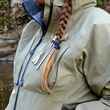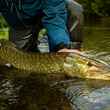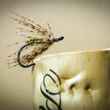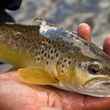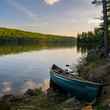The Fall 2013 issue of Southern Culture on the Fly is hot off the digital presses. Most of you are likely already familiar with SCOTF, but those of you who aren't should make yourselves so. Each issue of SCOTF is loaded with the good stuff: killer photography, rich stories and usually some pointers, fly patterns, etc. You get the idea.
This latest issue features topics such as fishing with big, fat hopper patterns, heading north to chase musky and also includes art from Paul Puckett and a photo collection from Captain Joel Dickey that contains some of the most stunning permit and tarpon photography I've ever seen. I keep looking at it over and over again, drooling with jealousy, and have since started boxing up my camera to send it to Canon for calibration. Clearly there's something wrong with it, as I don't think I could bribe it into turning out photos like Dickey showcases in this latest issue of SCOTF.

